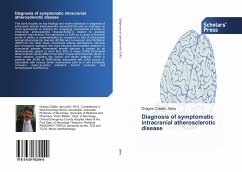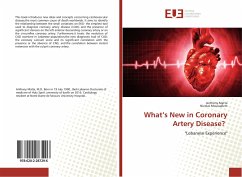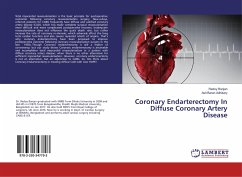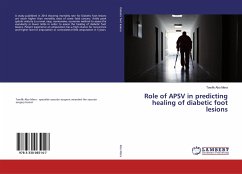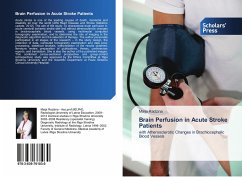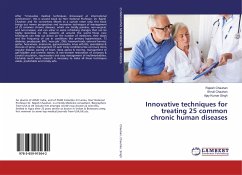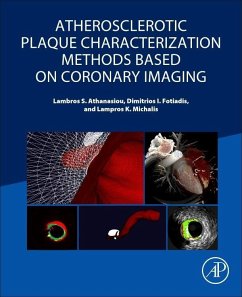
Electorophysiological Study in Atherosclerotic Arterial Disease
The Relation between Nerve Conduction and Ankle Brachial Index in Patients with Coronary Artery Disease
Versandkostenfrei!
Versandfertig in 6-10 Tagen
30,99 €
inkl. MwSt.

PAYBACK Punkte
15 °P sammeln!
The major cause of coronary artery disease (CAD) and peripheral arterial disease (PAD) are atherosclerosis, which is a chronic inflammatory disease of blood vessels due to the intimal accumulation of lipids and inflammatory cells and this can remain asymptomatic for decades, plaques can narrow the arterial lumen and thus impair blood flow that lead to ischemia. Patients with PAD of lower extremities can develop broad range of neurological manifestation which due to hypoxia as consequence of atherosclerosis. The goal of this study is to establish an association between ankle brachial index (ABI...
The major cause of coronary artery disease (CAD) and peripheral arterial disease (PAD) are atherosclerosis, which is a chronic inflammatory disease of blood vessels due to the intimal accumulation of lipids and inflammatory cells and this can remain asymptomatic for decades, plaques can narrow the arterial lumen and thus impair blood flow that lead to ischemia. Patients with PAD of lower extremities can develop broad range of neurological manifestation which due to hypoxia as consequence of atherosclerosis. The goal of this study is to establish an association between ankle brachial index (ABI), nerve conduction study (NCS) and high-sensitivity C-reactive protein (hsCRP) with the extent of coronary artery disease. This study concluded that there is an association between ABI and NCS of lower limbs in patients with coronary and asymptomatic peripheral arterial disease, 41 % of patient with CAD were found to have asymptomatic peroneal mononeuropathy, and the high-sensitivity C-reactive protein level correlate directly with extent of CAD.



